Technological Innovations
Technological advancements are playing a crucial role in shaping the Truck Loader Crane Market. Innovations such as telematics, remote control systems, and improved hydraulic systems are enhancing the performance and safety of truck loader cranes. These technologies not only increase operational efficiency but also reduce the risk of accidents, which is a significant concern in the lifting industry. The integration of smart technologies is expected to drive market growth, as operators seek to leverage data for better decision-making and maintenance. Moreover, the introduction of electric and hybrid models aligns with the industry's shift towards sustainability, further boosting the Truck Loader Crane Market. As manufacturers continue to invest in research and development, the market is likely to witness a wave of new products that cater to diverse customer needs.
Rising Construction Activities
The Truck Loader Crane Market is experiencing a surge in demand due to increasing construction activities across various sectors. Infrastructure development, residential projects, and commercial buildings are driving the need for efficient lifting solutions. In recent years, the construction sector has shown a compound annual growth rate of approximately 5.5%, indicating a robust growth trajectory. This growth is likely to continue, as governments and private entities invest heavily in infrastructure to support urbanization and economic development. The versatility of truck loader cranes in handling heavy materials and their ability to operate in confined spaces make them indispensable in construction projects. As a result, the Truck Loader Crane Market is poised for expansion, with manufacturers focusing on innovative designs to meet the evolving needs of the construction sector.
Expansion of Renewable Energy Projects
The Truck Loader Crane Market is witnessing growth due to the expansion of renewable energy projects worldwide. As countries strive to meet their energy needs sustainably, investments in wind, solar, and other renewable energy sources are increasing. These projects often require specialized lifting equipment for the installation and maintenance of large components, such as wind turbine blades and solar panels. The demand for truck loader cranes is likely to rise as these projects proliferate, given their ability to handle heavy and awkward loads in diverse terrains. Furthermore, the emphasis on reducing carbon footprints aligns with the capabilities of truck loader cranes, which can be utilized in eco-friendly projects. This trend suggests a promising future for the Truck Loader Crane Market as it adapts to the evolving energy landscape.
Growing Emphasis on Safety Regulations
The Truck Loader Crane Market is also being shaped by the increasing emphasis on safety regulations across various sectors. Governments and regulatory bodies are implementing stringent safety standards to minimize workplace accidents and ensure the well-being of operators. This trend is particularly evident in construction and logistics, where the use of truck loader cranes is prevalent. Compliance with safety regulations often necessitates the adoption of advanced equipment that meets specific safety criteria. Consequently, manufacturers are focusing on producing cranes that not only comply with these regulations but also enhance operational safety. This shift is likely to drive demand within the Truck Loader Crane Market, as companies prioritize safety in their operations and seek to invest in equipment that mitigates risks.
Increased Demand for Efficient Logistics
The Truck Loader Crane Market is significantly influenced by the growing demand for efficient logistics and transportation solutions. As supply chains become more complex, the need for equipment that can facilitate quick loading and unloading of goods is paramount. The logistics sector has been expanding at a rate of around 6% annually, driven by e-commerce and global trade. Truck loader cranes offer a unique advantage by combining mobility with lifting capabilities, allowing for seamless operations in various environments. This trend is likely to propel the Truck Loader Crane Market forward, as companies seek to optimize their logistics operations and reduce turnaround times. Furthermore, advancements in crane technology are enhancing operational efficiency, making these cranes even more appealing to logistics providers.


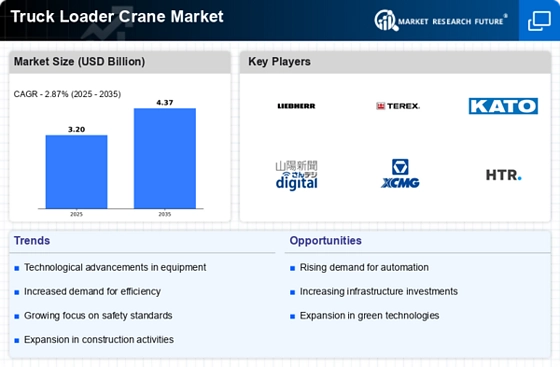
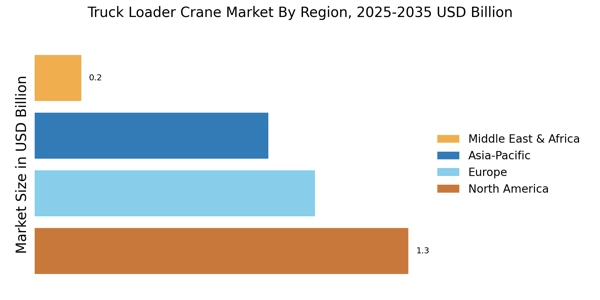
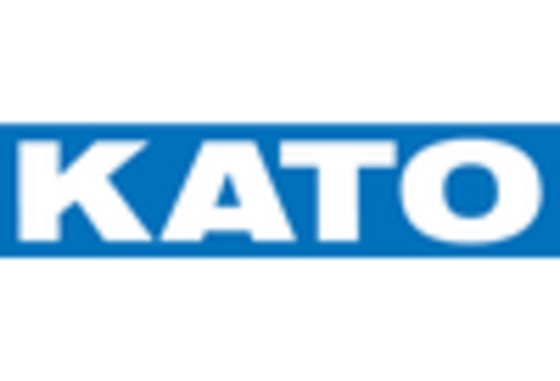
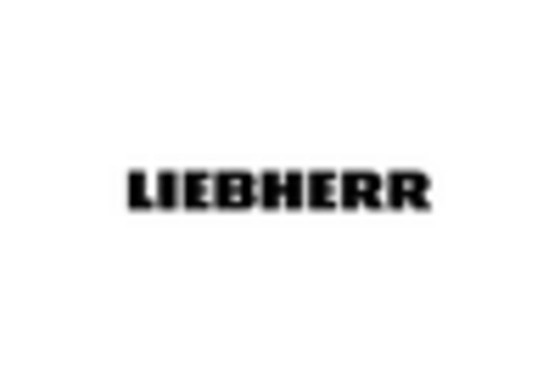
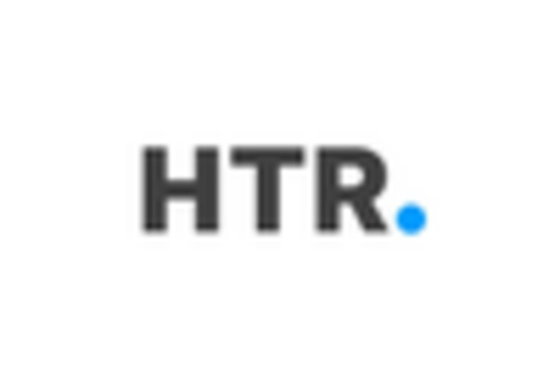
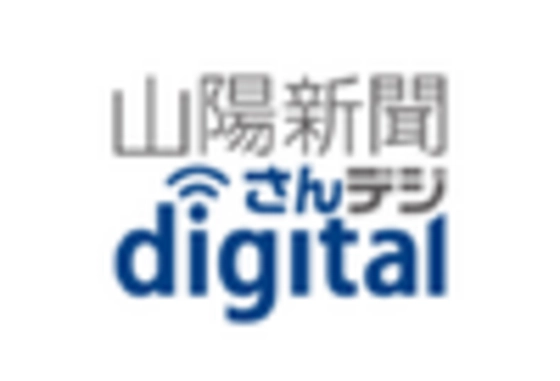
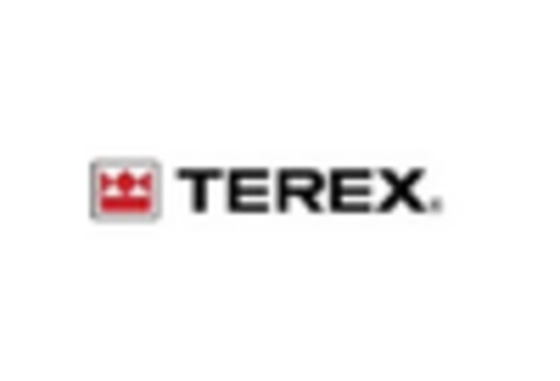
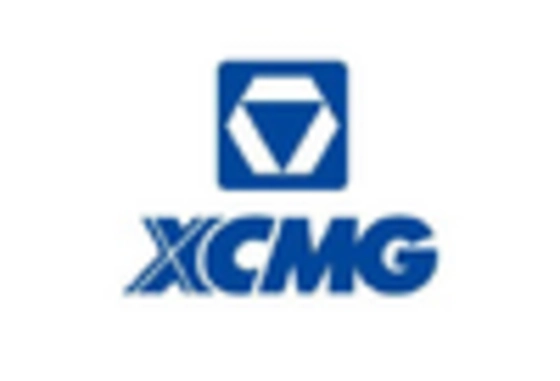








Leave a Comment